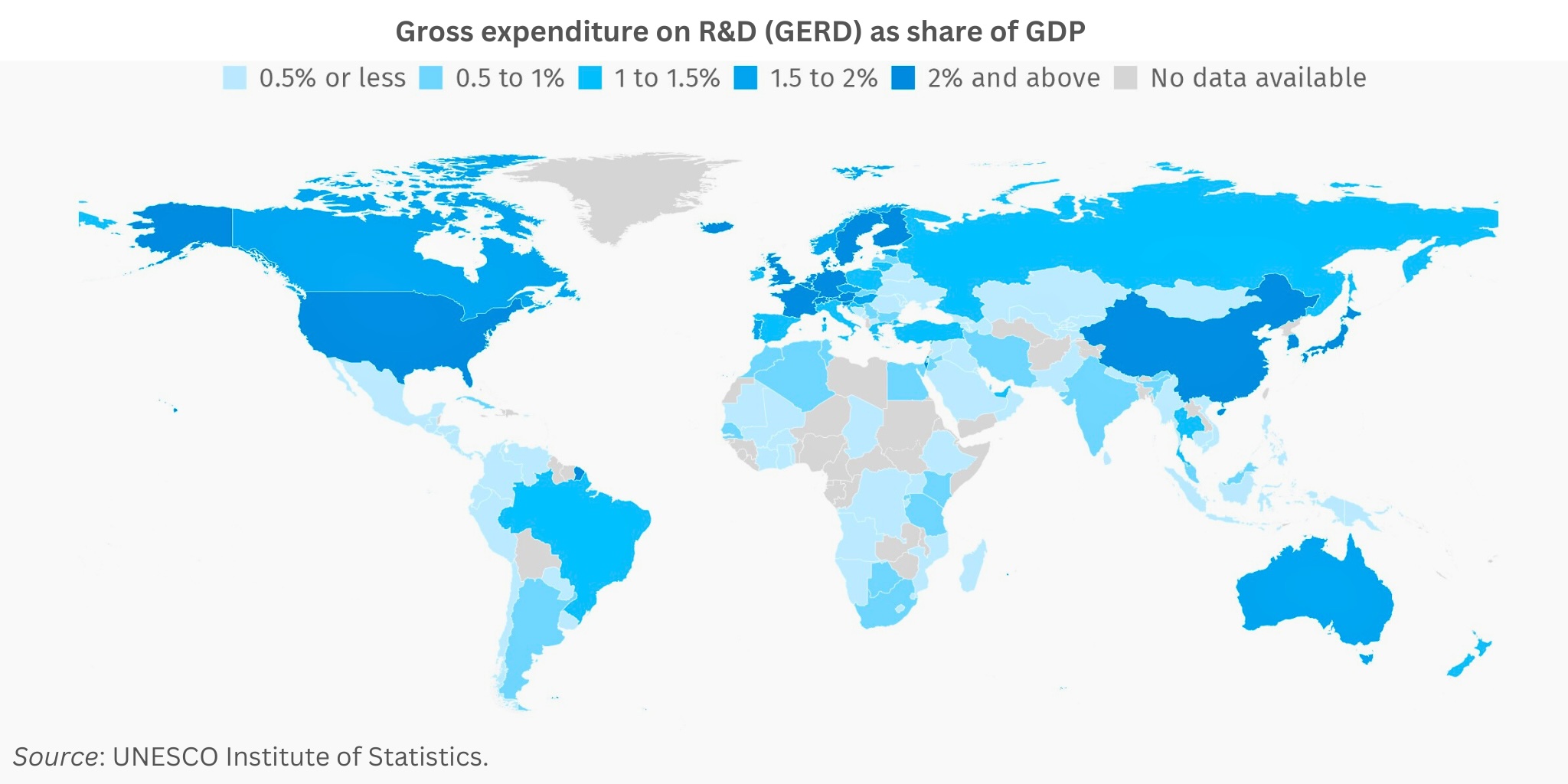

International Yearbook of Industrial Statistics 2023: Insights into the Trends and Challenges of Sustainable Industrial Development
21 December 2023

Vienna – The 29th edition of the International Yearbook of Industrial Statistics presents an overview of the most recent developments in industrial sectors around the world. Globally, there was a 2.3% growth in industrial sectors, encompassing manufacturing, mining, electricity, water supply, waste management, and other utilities, signalling a post-pandemic recovery. Manufacturing accounted for most of this dynamism, with an increase of 3.2%, while the combined mining and utilities sector—the largest contributor to the economy in low-income countries—contracted by 0.9%. Projections for 2023 suggest a slowdown in manufacturing due to rising costs, tighter monetary conditions, geopolitical tensions and global supply chain disruptions.

In global manufacturing, a dual decoupling trend has arisen with positive and negative effects. On the positive side, there's evidence of a decoupling between manufacturing and CO2 emissions, showing emissions stabilization despite increased production. In manufacturing, the textile and pharmaceutical industries are major contributors to water pollution, with the most severe polluters located in low- and middle-income countries. The mining and utilities sector continues to contribute considerably to greenhouse gas (GHG) emissions, with coal being the sector’s biggest CO2 emitter.
On the negative side, a decoupling trend is evident between manufacturing production and employment. The growth in global manufacturing output has not translated into a proportional increase in job creation. What is even more concerning is that the employment of women in manufacturing has followed a downward trend, which was further exacerbated by the COVID-19 pandemic.
The report highlights other recent global development trends, such as the rebalancing of manufacturing from high-income towards middle-income economies, and from Northern America and Europe towards Asia and Oceania. It also shows that medium high- and high-technology (MHT) industries recovered faster post-COVID-19, and have continued expanding dynamically, while growth in lower technology industries has stalled. This divergence raises concerns about mounting disparities between countries specialized in higher technology sectors and others, calling for intensified efforts to ensure a more equitable technological landscape.
This edition of the Yearbook features a thematic chapter on innovation statistics. In the fourth industrial revolution, emerging technologies and advanced digital production processes, which originate in innovation, are crucial determinants of economic growth. Many changes necessary in the context of the green and digital transformations also hinge on innovative products and processes. Innovation itself, therefore, is considered a development objective.
Many indicators are available to provide insights on various aspects of innovation. For example, gross expenditure on R&D (GERD) indicates the overall amount an economy dedicates to R&D, one of the activities related to innovation. The report finds that R&D expenditure is relatively higher in Eastern Asia, Europe and Northern America, and that there is a positive correlation between R&D and sustainable industrial development. This suggests that economies with higher R&D investments tend to achieve better results in terms of industrial performance.
Another interesting finding is that while in 2000, 84.1% of all patents originated in high-income industrial economies, by 2022, 54.3% were registered by middle-income industrial economies, with patents increasingly concentrated in Asia and Oceania, while low-income economies only accounted for 1.3% of all patent applications. Further investments in data analysis are urgently needed to fully measure the incidence, drivers, obstacles and impacts of industrial innovation and to provide crucial information for guiding effective innovation and industrial policies for the achievement of the SDGs.
Read the full report here.